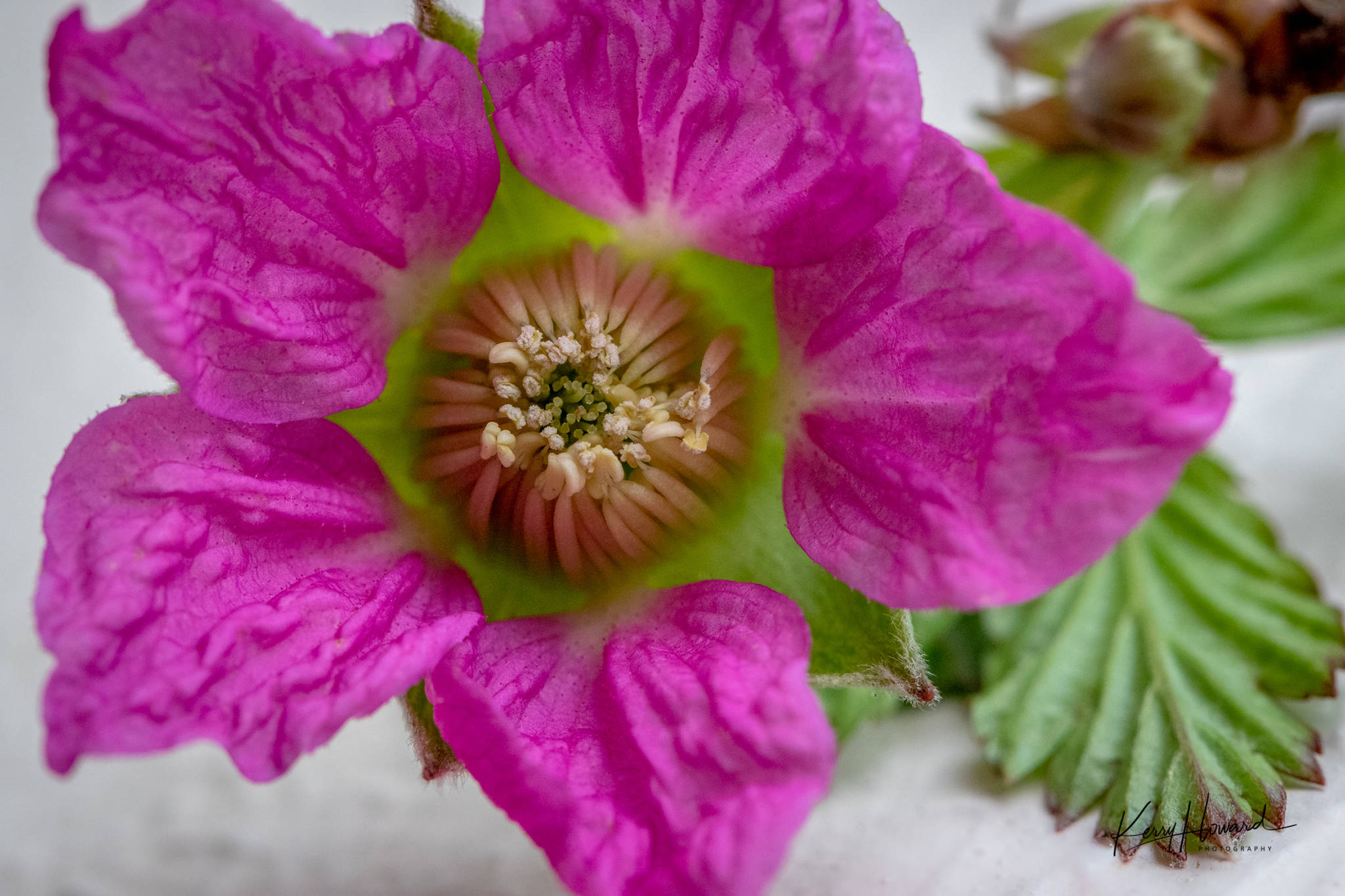Most folks have learned that plants take up carbon dioxide from the air (to be used in photosynthesis) and produce oxygen (as a by-product of that process), but less well known is that plants also need oxygen.
Plants, like animals, have active metabolisms, fueling all bodily activities. For this, almost all organisms need oxygen (a few use sulfur instead), which interacts with glucose (from the breakdown of organic compounds) to produce energy, and this complex process produces carbon dioxide (and water molecules) as a by-product. Most of the carbon dioxide is used by the plant for photosynthesis, but any excess needs to be eliminated.
So plants need to breathe — to exchange these gases between the outside and the inside of the organism. Breathing is part of a long, complex process called respiration, much of which occurs inside cells, where the metabolic machinery produces energy.
Although many land plants get some of their oxygen from water that rises from the soil through conducting tissues (the water-conducting tissue is called xylem, which forms the wood in trees), water doesn’t supply enough — plants also need to take in oxygen from the air. This is not a simple matter, because the outer coverings of plants are impervious to the passage of water, protecting them from desiccation. But these coverings also prevent the passage of carbon dioxide and oxygen.
[Did Juneau’s pine trees arrive from the north?]
However, evolution solved this dilemma by incorporating a sort of ventilation system into the plants’ aerial exteriors.
Many tiny pores (called stomata) are scattered densely over the surface of leaves and stems; they are especially dense on leaves, sometimes thousands per square inch. Movement of gases in and out of these minute pores is regulated by two special cells on each side of the opening; these cells can enlarge, to close the pore, or shrink, to open it. (Stomata also help regulate water uptake and loss, but that’s another topic). Oxygen entering the stomata diffuses to areas of lower oxygen concentration inside the plant. Eventually it reaches the metabolic machinery in the cells, where it is used to oxidize glucose and produce energy.
One day, I happened to notice some alder branches with numerous lumps on the bark. These are called lenticels, which are pores that open through the bark into the underlying wood. They too allow the passage of gases between the outside air and the living tissues of the wood.
Lenticels often have raised, stiffened edges, which are thought to prevent excessive deformation as the plant grows and the stems thicken (which makes me wonder if the very lumpy alder branch that prompted all this verbiage had been under lots of stress while growing). In the central part of a lenticel the cells are widely spaced, leaving room for the passage of gases by diffusion.
[Finding bright spots in the gray of Southeast]
We see lenticels on lots of trees. For instance, on birches, they are conspicuous as horizontal, black marks on the white bark. On alders, they seem to take various forms, with or without the very lumpy ridges of bark around the opening. On some trees, they are sometimes quite hidden under thick bark layers but may appear at the bottom of crevices in the bark.
It turns out that many land plants have lenticels, not just on the woody parts. For instance, apples and pears have lenticels on the fruit skin. Sometimes these openings become enlarged and discolored, affecting the visual attractiveness of the fruit. On potatoes, when the soil is too wet, the lenticels enlarge, to admit more oxygen, and become unsightly — if they then dry, they look like scabs all over the tuber. Grapes have them both on the fruit and on the little stem that attaches each grape to the plant.
A recent study caused much excitement among grape-growers and wine-makers, because the study revealed that oxygen deprivation, when the lenticels are blocked, caused increased cell death in the grapes, so that they did not contain the normal amount of water, changing the flavor. Oxygen uptake is affected by temperature, and at least in some varieties of grapes, cell death increases with temperature.
There is concern among grape-growers, wine-makers and wine connoisseurs that climate-warming would increase oxygen deprivation and increase cell death in grapes.
• Mary F. Willson is a retired professor of ecology. “On The Trails” is a weekly column that appears every Friday. Her essays can be found online at onthetrailsjuneau.wordpress.com.

